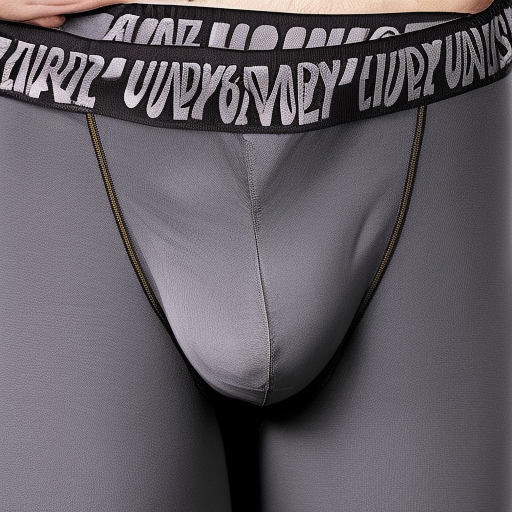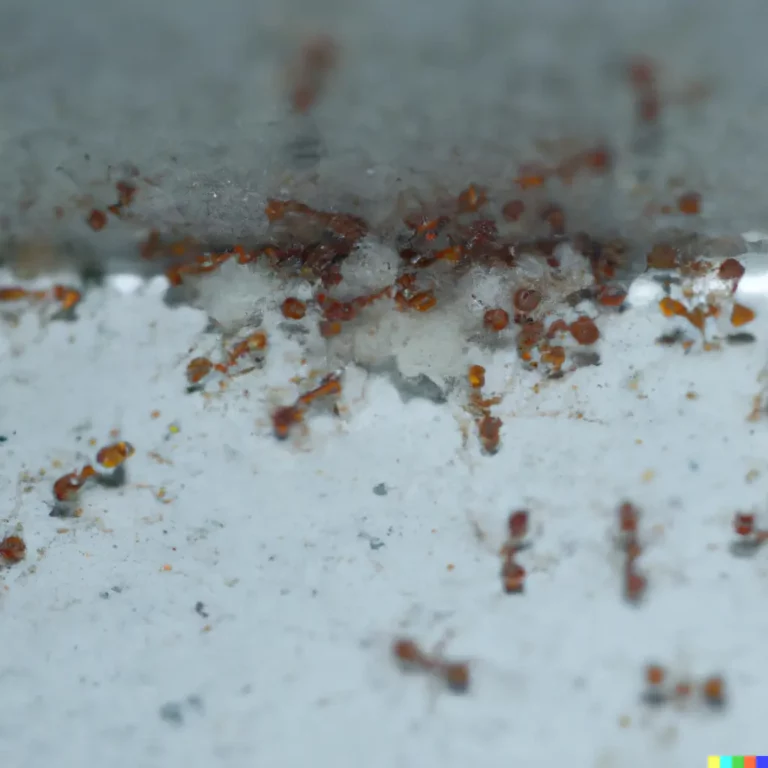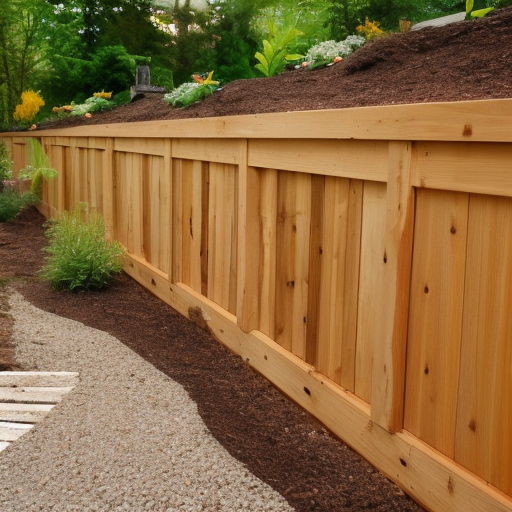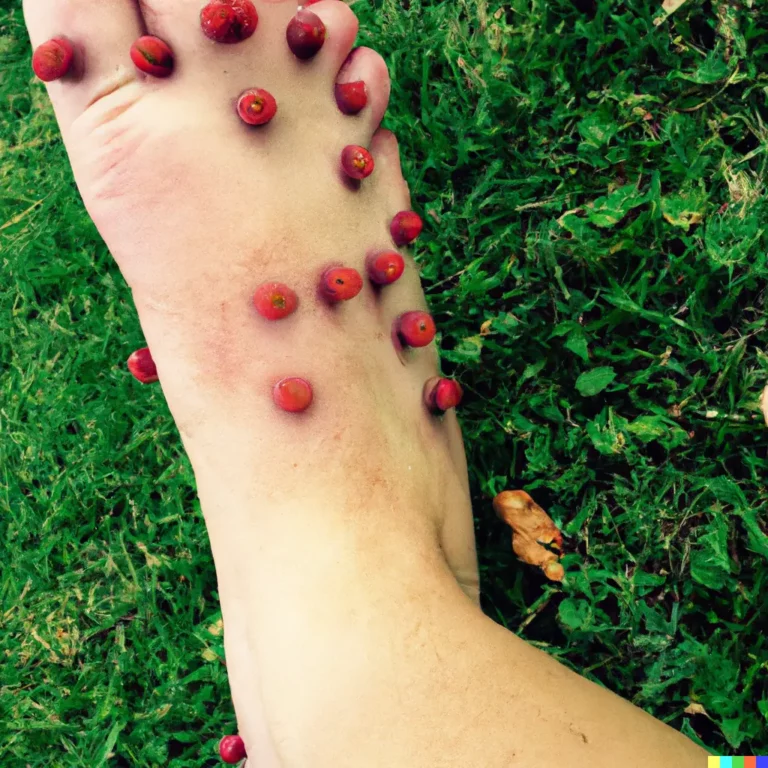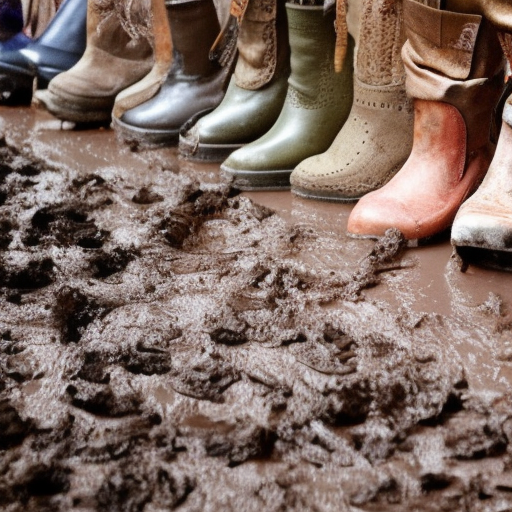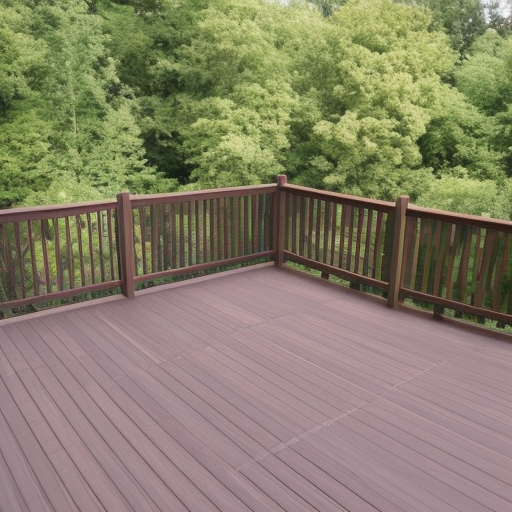how to clean a pool that has been sitting
Whether you’re a seasoned pool owner or new to the game, we’ve all been there – you come back from vacation or a long weekend to find your pool looking a little green, a little murky, and in need of some serious TLC. But don’t worry, we’re here to help!
In this blog post, we’ll take you through the step-by-step process of getting your pool back in top shape, no matter how long it’s been sitting. We’ll cover everything from testing the water to scrubbing the walls and floor, so you can have a crystal clear, healthy pool in no time.
So let’s dive in!
Step 1: Test the water
The first thing you’ll want to do is test the water to see what kind of shape it’s in. You’ll need a pool test kit for this, which you can find at any pool supply store or online.
Here’s what you’ll want to test for:
- pH: This measures the acidity or alkalinity of the water. The ideal range is 7.2-7.8.
- Chlorine: This is the main chemical that keeps your pool water clean and safe. The ideal range is 1-3 ppm (parts per million).
- Total alkalinity: This measures the amount of alkaline substances in the water. The ideal range is 80-120 ppm.
- Calcium hardness: This measures the amount of calcium in the water. The ideal range is 200-400 ppm.
Once you’ve tested the water, you’ll know what you’re dealing with and can start making adjustments as needed.
Step 2: Shock the pool
If your pool has been sitting for a while, chances are the chlorine levels are low and the water is a little dirty. The best way to fix this is to “shock” the pool, which means adding a large amount of chlorine to kill any bacteria or algae that might be present.
To shock the pool, you’ll need a bucket and a shock treatment product. Follow the instructions on the product, as the amount you’ll need will depend on the size of your pool and the current chlorine levels.
Step 3: Scrub the walls and floor
Now that the water is clean and safe, it’s time to get to work on the walls and floor of the pool. You’ll need a scrub brush and a pool vacuum for this step.
Start by brushing the walls of the pool with the scrub brush, working from the top down. This will help loosen any dirt or algae that might be stuck to the surface. Next, use the vacuum to suck up any debris that has settled to the bottom of the pool.
If your pool has a lot of dirt or algae, you might need to repeat this process a few times to get everything clean.
Step 4: Balance the water
After you’ve scrubbed the walls and floor, it’s time to balance the water again. This means adjusting the pH, total alkalinity, and calcium hardness to the ideal levels we mentioned earlier.
To do this, you’ll need to add chemicals to the water. Again, follow the instructions on the product, as the amount you’ll need will depend on the size of your pool and the current levels of these chemicals.
Step 5: Enjoy your clean pool!
Congratulations! You’ve successfully cleaned a pool that has been sitting. Now it’s time to sit back, relax, and enjoy your crystal clear, healthy pool.
Just remember to test the water regularly and add chemicals as needed to keep it in top shape. A little maintenance goes a long way in keeping your pool clean and enjoyable all season long.
Tips and Tricks
Here are a few tips and tricks to make the cleaning process even easier:
- Use a pool cover: A pool cover can help keep debris and leaves out of your pool when it’s not in use, which means less cleaning for you. Just be sure to remove the cover before diving in!
- Use a pool pump: A pool pump can help circulate the water and keep it clean by filtering out dirt and debris. Just make sure to follow the manufacturer’s instructions for use and maintenance.
- Use a pool skimmer: A pool skimmer is a handy tool that can help you remove leaves and other debris from the surface of the water. Just skim the surface of the water and toss the debris in the trash.
- Use pool chemicals: As we mentioned earlier, pool chemicals can help keep the water clean and safe. Just be sure to follow the instructions and use them in the correct amounts to avoid over- or under-treating the water.
Conclusion
We hope this guide has helped you learn how to clean a pool that has been sitting. With a little elbow grease and the right tools, you can have your pool looking brand new in no time.
Just remember to test the water regularly and add chemicals as needed to keep it in top shape. With a little maintenance, you can enjoy a clean and healthy pool all season long.

